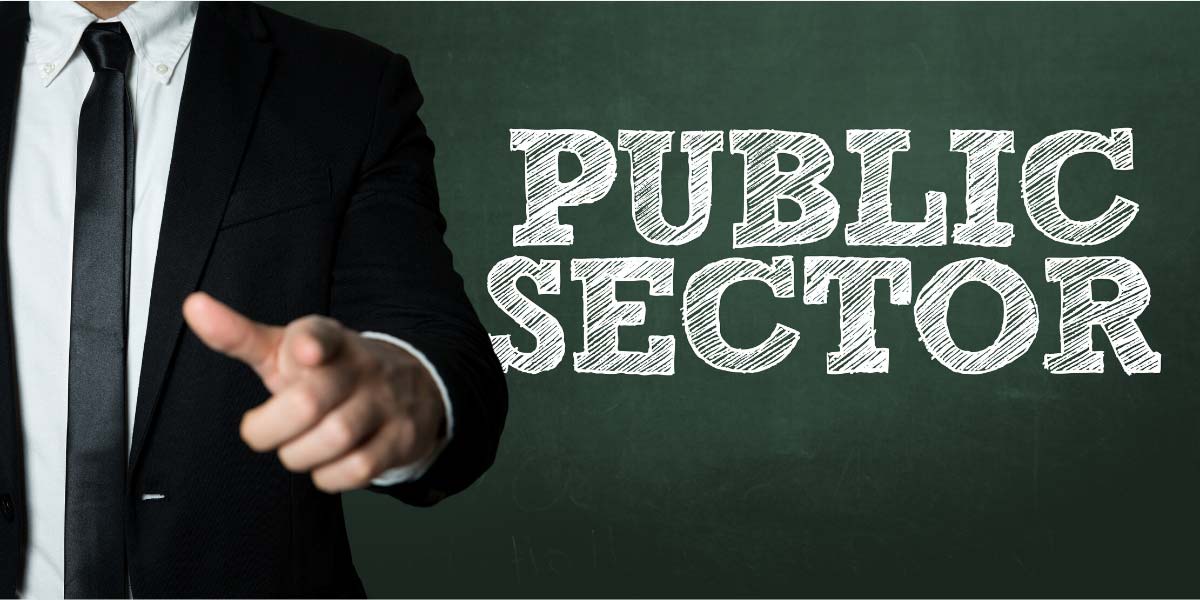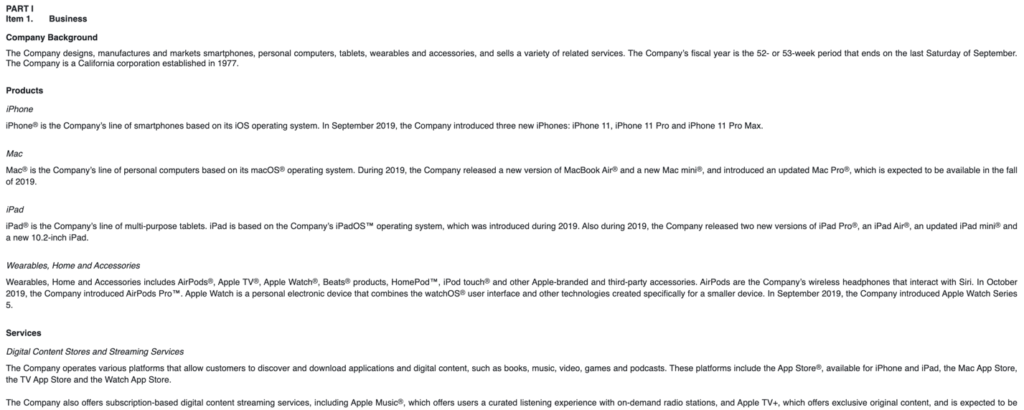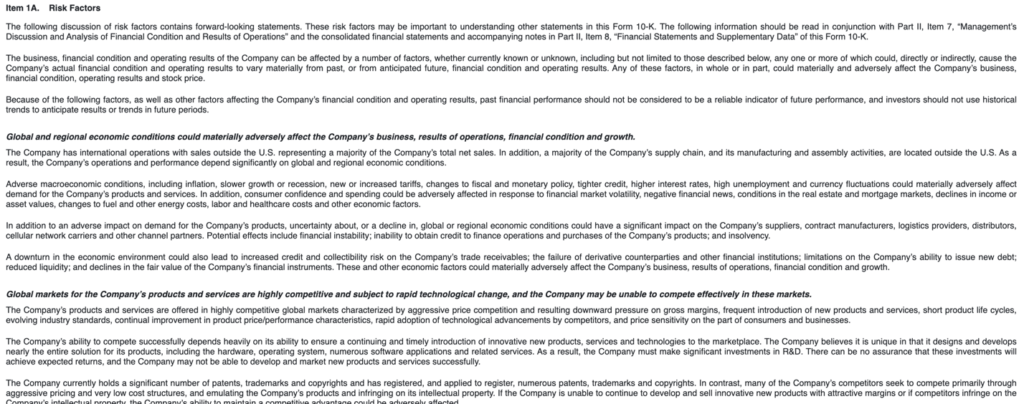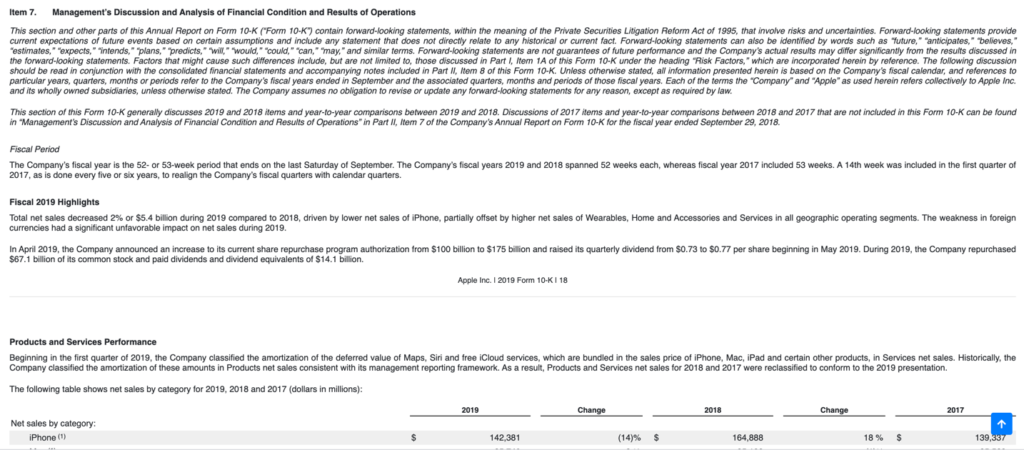*How to Arm Yourself with Information* to Successfully Sell to Public Companies

Sales reps should get excited when they see a public company listed on their named account list. Why? Because these companies are required by the SEC to produce quarterly and annual reports and must be transparent about the health of the business. Oftentimes, they openly discuss their growth challenges and upcoming corporate objectives; all of which is useful information that can be leveraged in sales communications. There are three types of SEC filings that can be useful for any sales rep:
10-Q
The 10-Q is a company’s quarterly report, which is due 40-45 days after the close of the quarter, depending on the size of their public float. There are only three 10-Qs filed each year because in Q4, a 10-K (annual report) is filed and takes the place of what would be the 10-Q for Q4. The 10-Q isn’t as thorough as the annual report, but is still absolutely worth the read.
Most of the information in a 10-Q is financial, but the area you should pay attention to as an enterprise account executive is Part 1, Item 2: Management’s Discussion and Analysis of Financial Condition and Results of Operations. Here are examples of this section for 10-Qs from Apple & Tech Data, both of which contain useful information about the companies’ respective areas of focus:

Additionally, there’s sometimes useful information in 10-Qs under Part 2, Item 1A: Risk Factors. Public companies are required to disclose to shareholders their view of risk factors that could negatively impact the corporation’s earning abilities. The purpose of this section is basically to amend or update the risk factors identified in the most recent 10-K. However, if there aren’t any new risk factors identified, you’ll usually see a statement like this in this section: “Information about risk factors for the quarter ended September 30, 2019 does not differ materially from that set forth in Part I, Item 1A, of our Annual Report on Form 10-K for the year ended December 31, 2018.”

ARE YOUR PARTNER BDRs DOING THIS AS PART OF YOUR CO-SELLING PROCESS?
10-K
The 10-K is the company’s annual report. Since this is a much more detailed filing, it is due either 60, 75, or 90 days after the end of the fiscal year, again, depending on the size of their public float. There are multiple useful sections in a 10-K and they are as follows:
- Part 1, Item 1: Business – This is the most important section to read if you’re just beginning to familiarize yourself with the account. It covers the background of the company and provides highly-detailed information about the company’s products/services, competitive landscape, business strategy, and markets they compete in geographically.

- Part 1, Item 1A: Risk Factors – Already described above as part of the 10-Q.

- Part 2, Item 7: Management’s Discussion and Analysis of Financial Condition and Results of Operations This is the most meaningful section of the 10-K as it details the performance by product/service line. See below for an example of this section for Apple. The goal here is to arm yourself with information about how the company is performing and then attempt to identify areas where your product/service can make a positive impact, then leverage this in your outreach efforts.

8-K
An 8-K is a report of unscheduled material events or corporate changes at a company. 8-Ks are required to be filed within four business days of the event occurring so that shareholders are informed quickly as the material change could impact share price. Most of these events won’t be important to a sales person, but some of them absolutely could be (i.e. the CEO resigns). For a full listing of what events require an 8-K to be filed, please visit this page: https://www.sec.gov/fast-answers/answersform8khtm.html
Earnings Call Transcripts
An earnings call is a conference call between the management of a public company, analysts, investors, and the media to discuss the company’s financial results during a given reporting period, such as a quarter or a fiscal year. Earnings calls are not a requirement of public companies, but most companies conduct them. They are completely open to the public, so anyone may dial in.
During the call, the management team simply reads prepared remarks, but what’s particularly interesting about these calls is that there is an open Q&A session at the end that can sometimes provide meaningful information as these remarks aren’t prepared in advance.
After the call, written transcripts are available. We recommend that you regularly search these for keywords that are relevant for whatever it is that you’re selling.
Here’s an earnings call transcript for Apple.
ARE YOUR PARTNER BDRs DOING THIS AS PART OF YOUR CO-SELLING PROCESS?
Uncover Your Growth Potential
Whether starting with a single sales team or a single partner, any co-sell motion can be live within 30 days.
Schedule a Discovery Call



